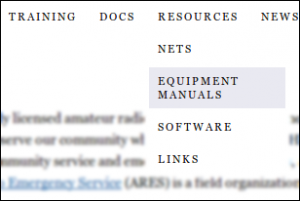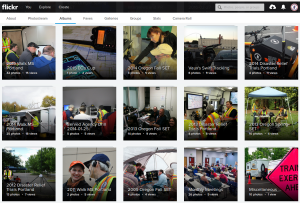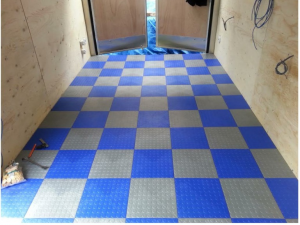Have you been wishing Multnomah ARES would have a fun family social event? Have you been wanting to get your feet wet in HF operation, but don’t know where to start? Are you experienced with HF operation and ready to get your HF Operator Certification? Have you actually tried using your go-kit? On August 15 and 16, Multnomah ARES is holding our first (hopefully, annual) Radio Camp Out!
Nestled among the Douglas fir trees and flanked by the Zig Zag River, the Tollgate Campground is an easy drive, less than an hour east of Portland on Highway 26, just two miles outside of Rhododendron. We have reserved a couple of tent campsites for those who would like to make the most of the weekend and stay overnight Saturday night.
There is a $5 day-use parking fee, or $8 to stay overnight. Also be aware that there are no utilities available at this campground, but there is a beautiful river!
We will be taking our new ARES trailer up into the Mount Hood Wilderness to test its capabilities as a remote communications station. In addition to the trailer, we will have a couple of portable HF stations set up to provide HF training and certification for those who want it. We will hold training sessions on the afternoon of Saturday, August 15 and on the morning of Sunday, August 16. We will also set up a 2 meter base station so hikers can stay in touch on their HTs.
Space is limited, so if you would like to attend either one of the training sessions or camp out with us overnight, please reserve your spot soon by emailing Robert WX5TEX at RGAnglin [at] gmail [dot] com.
We think this will be a super fun weekend and hope you will make the short trip to join us! Not only will you gain valuable experience in HF operation, but this will also be a great opportunity to test out your go-kit and have some fun in the woods with fellow ARES campers!




